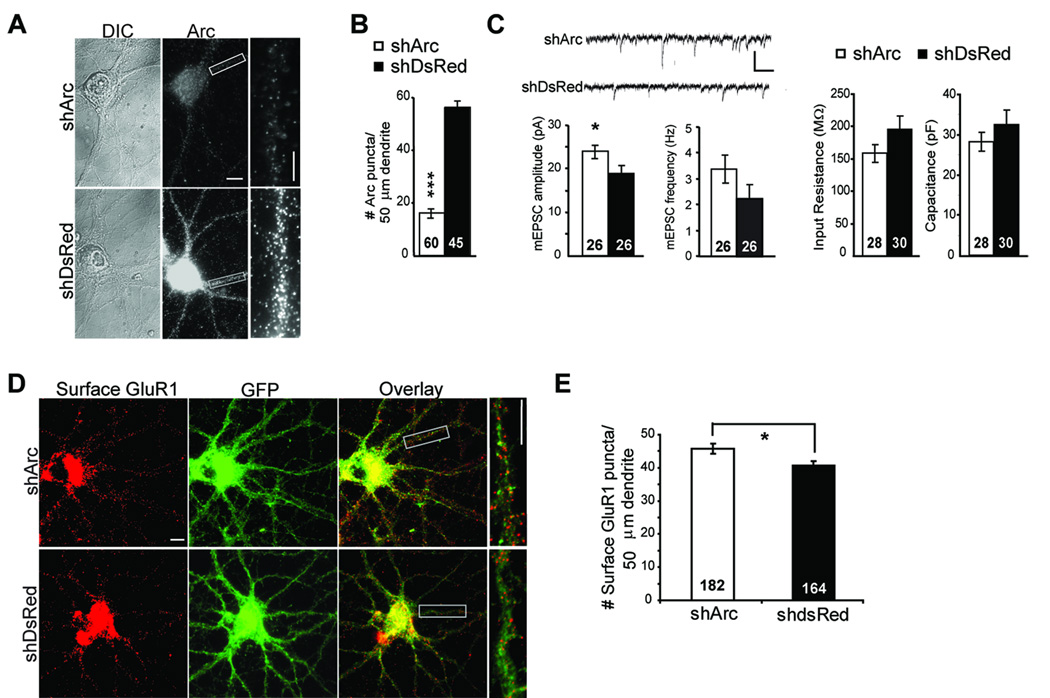Figure 3. Knockdown of endogenous Arc increases synaptic transmission and surface GluR1 expression.

A, Lentivirus expressing a shRNA against Arc (shArc) mRNA in comparison to sister cultures infected with a control lentivirus expressing shRNA against DsRed (shDsRed). Dissociated rat hippocampal neurons were infected at 7 DIV with shArc or shDsRed that co-expresses GFP. 10–12 days postinfection, neurons were fixed, and Arc protein was visualized using immunofluorescence. Scale bar = 10 and 5 µm B, Quantified group data reveal an ~80% knockdown in the total Arc immunofluorescence in dendrites of shArc infected neurons. N = # cells/condition from 2 cultures. C, Representative mEPSCs from shArc and shDsRed infected neurons. Scale bars = 30 pA/100 msec. Neurons expressing shArc exhibited increased mEPSC amplitude, but no difference in mEPSC frequency, input resistance or capacitance in comparison to neurons infected with shDsRed. N= number of cells/condition from 4 cultures. D, E, Representative surface GluR1 on dendrites of neurons infected with either shDsRed or shArc. Scale bars = 10 µm. F, Group data reveal that knockdown of Arc increases basal surface GluR1 in control cultures. N = # cells/condition from 8 cultures.
